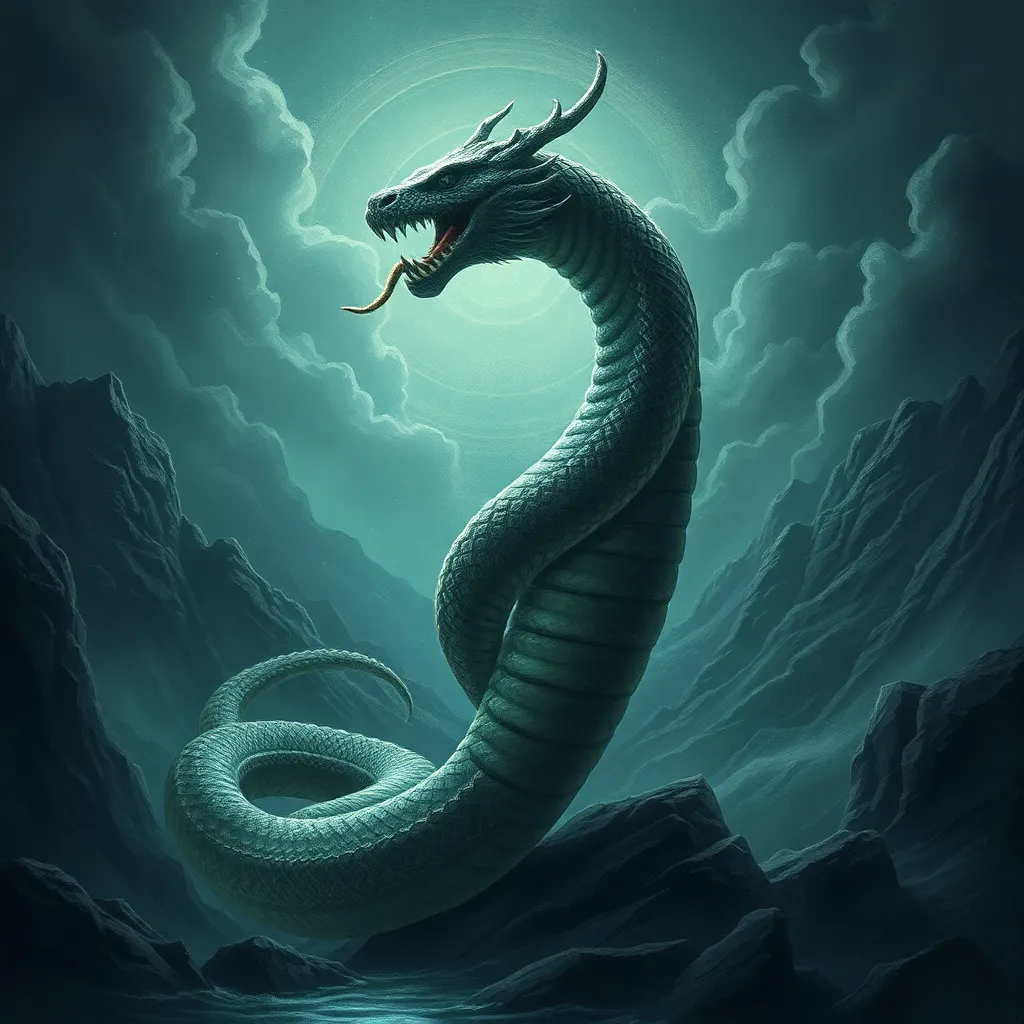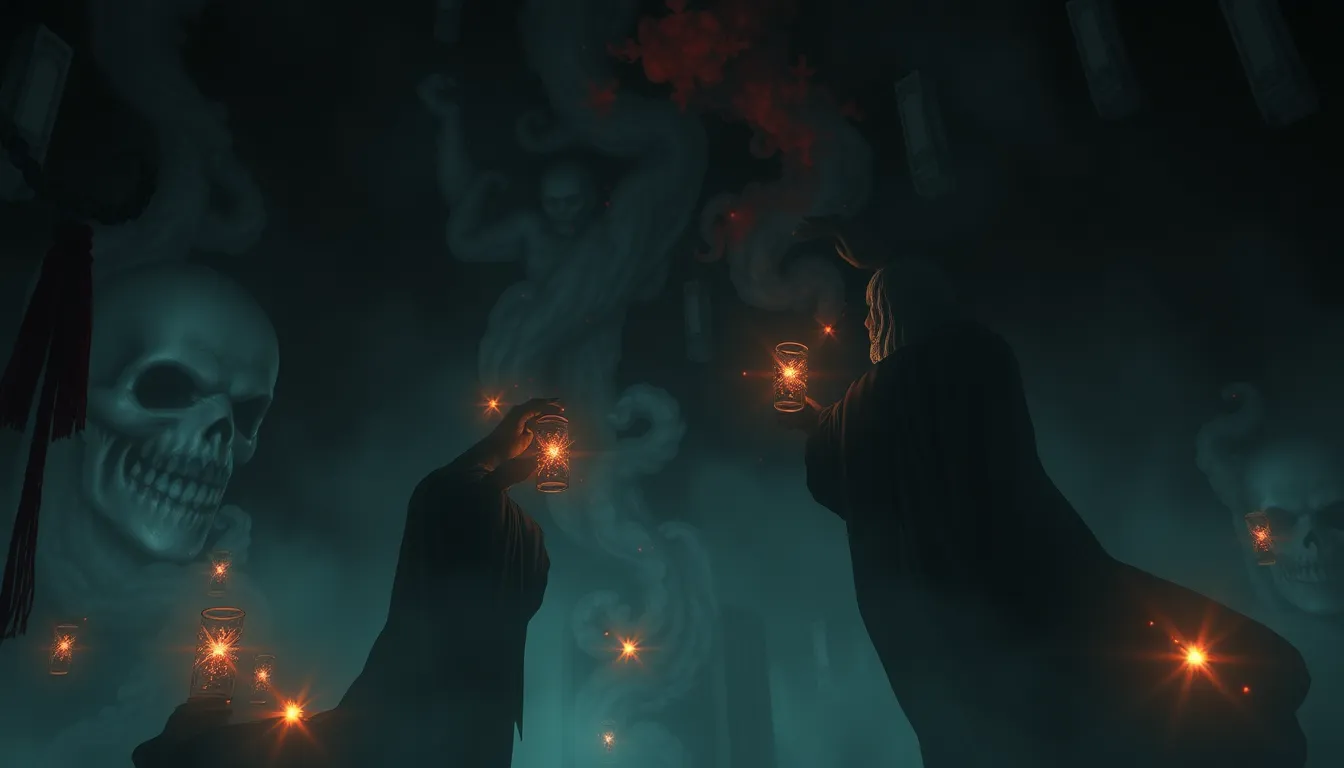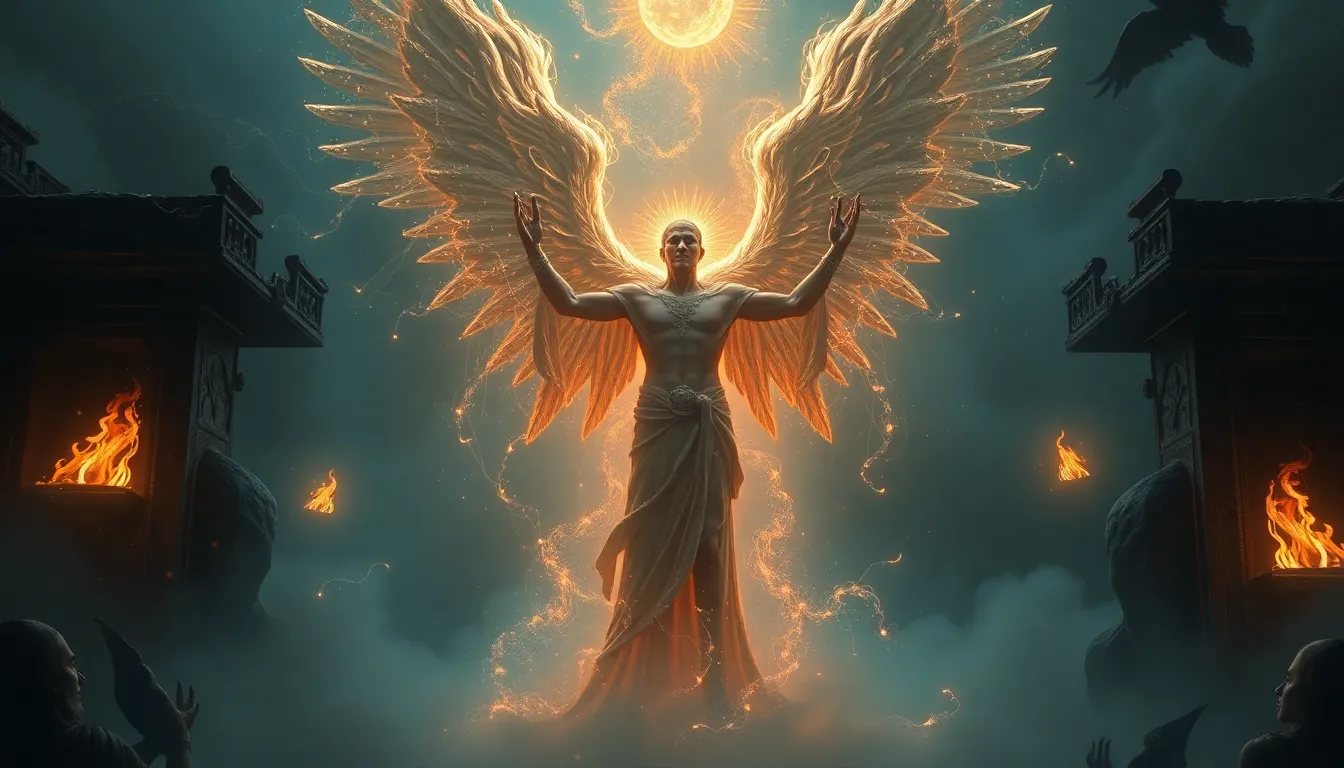Slavic Mythology: Creatures of the Night
Slavic mythology is rich in captivating creatures of the night, each with its unique characteristics and powers. These enigmatic beings have deeply influenced Slavic culture and folklore, shaping the imaginations of generations.
Baba Yaga
The enigmatic Baba Yaga is an iconic figure in Slavic mythology. Depicted as an elderly woman with a crooked nose, long fingernails, and iron teeth, she resides in a remote hut perched on chicken legs. As a guardian of the boundary between the living and the dead, Baba Yaga possesses profound knowledge of magic and herbalism. She often appears in tales as a formidable force, testing the mettle of heroes with riddles and challenges.
Domovoi
The Domovoi is a benevolent spirit that protects the home and its inhabitants in Slavic mythology. Invisible to humans, this creature resembles a small, hairy humanoid with a long beard. The Domovoi is said to live in the attic, barn, or cellar, and it is believed to bring good fortune and prosperity to the household. However, if the Domovoi is angered or neglected, it may cause mischief or even harm.
Leshy
The Leshy is a mischievous forest spirit in Slavic mythology. This creature manifests as a tall, shaggy humanoid with twisted branches for arms and legs. As the guardian of the forest, the Leshy controls the animals and plants within its domain. It is known for leading travelers astray, playing tricks on them, and sometimes even harming those who disrespect the forest. Hunters often make offerings to the Leshy in exchange for its protection.
Rusalka
The Rusalka is a tragic figure in Slavic mythology, representing the spirit of a drowned or murdered young woman. These creatures are depicted as beautiful maidens with long, flowing hair and pale skin. Rusalkas are said to dwell in rivers, lakes, and marshes, where they sing enchanting songs that lure unsuspecting victims to their watery embrace. Encountering a Rusalka is considered a dangerous omen, as it portends misfortune or even death.
Kikimora
The Kikimora is a mischievous household spirit in Slavic mythology. This creature is typically depicted as a small, wizened woman with a hooked nose and tangled hair. The Kikimora is said to haunt homes, causing mischief and disruption. It is believed to spin yarn and make noises at night, often disturbing the sleep of the inhabitants. In some tales, the Kikimora is said to kidnap children or cause illness.
6. Vodnik
The Vodnik is a malevolent water spirit in Slavic mythology. This creature is depicted as a naked man with webbed feet, sharp claws, and a long, flowing beard. The Vodnik is said to dwell in rivers, lakes, and marshes, where it preys on swimmers and boaters. It is believed to be particularly dangerous during storms and at night. In some tales, the Vodnik is said to possess the ability to transform into other animals, such as a fish or a frog.
7. Upir
The Upir is a Slavic vampire-like creature. This creature is depicted as a pale, emaciated corpse with sharp teeth and long fingernails. The Upir is said to rise from the grave at night to feed on the blood of the living. It is believed to be particularly vulnerable to garlic and sunlight. In some tales, the Upir is said to be able to transform into a bat or a wolf.
8. Vodyanoi
The Vodyanoi is a Slavic water spirit similar to the Vodnik. This creature is depicted as a humanoid with webbed feet, green skin, and a long, flowing beard. The Vodyanoi is said to dwell in rivers, lakes, and marshes, where it controls the water and its inhabitants. It is believed to be a powerful and capricious creature that can be both helpful and harmful to humans.
9. Kikimora
The Kikimora is a malevolent household spirit in Slavic mythology. This creature is depicted as a small, wizened woman with a hooked nose and tangled hair. The Kikimora is said to haunt homes, causing mischief and disruption. It is believed to spin yarn and make noises at night, often disturbing the sleep of the inhabitants. In some tales, the Kikimora is said to kidnap children or cause illness.
10. Perepelyatnik
The Perepelyatnik is a Slavic bird-like creature associated with the harvest. This creature is depicted as a small, feathered humanoid with a long beak and claws. The Perepelyatnik is said to live in fields and forests, where it helps to protect crops and ensure a bountiful harvest. It is believed to be a benevolent creature that brings good luck to farmers and their families.
FAQ
What are some common themes in Slavic mythology?
Slavic mythology is rich in themes of nature, magic, and the supernatural. Creatures of the night, such as those mentioned in this article, often play a significant role in these stories.
How have these creatures influenced Slavic culture?
The creatures of Slavic mythology have had a profound influence on Slavic culture. They have inspired countless works of art, literature, and music. They also continue to be celebrated in festivals and traditions throughout the Slavic world.
What is the significance of these creatures in Slavic folklore?
The creatures of Slavic mythology serve a variety of purposes in folklore. They can be used to explain natural phenomena, provide moral lessons, or simply entertain. They also reflect the beliefs and values of the Slavic people.




